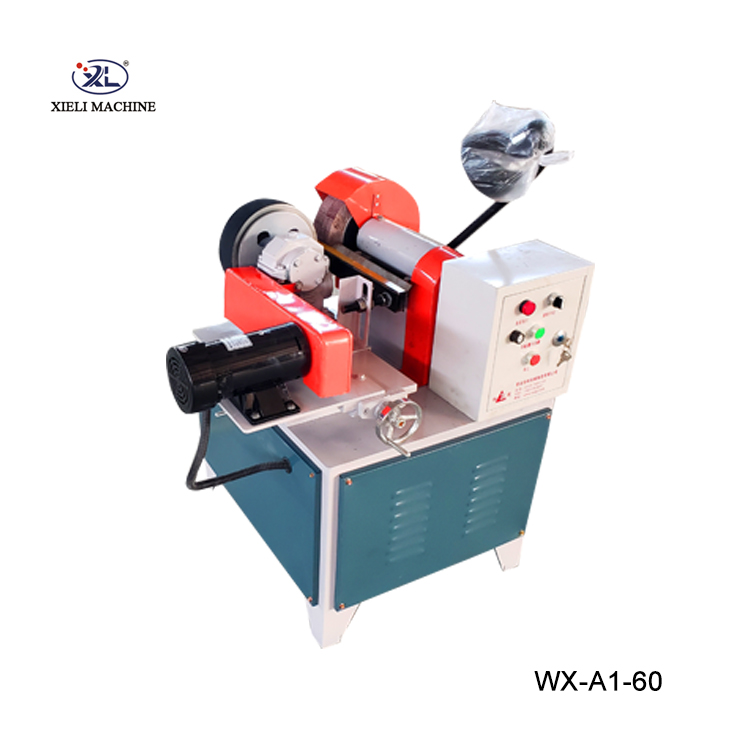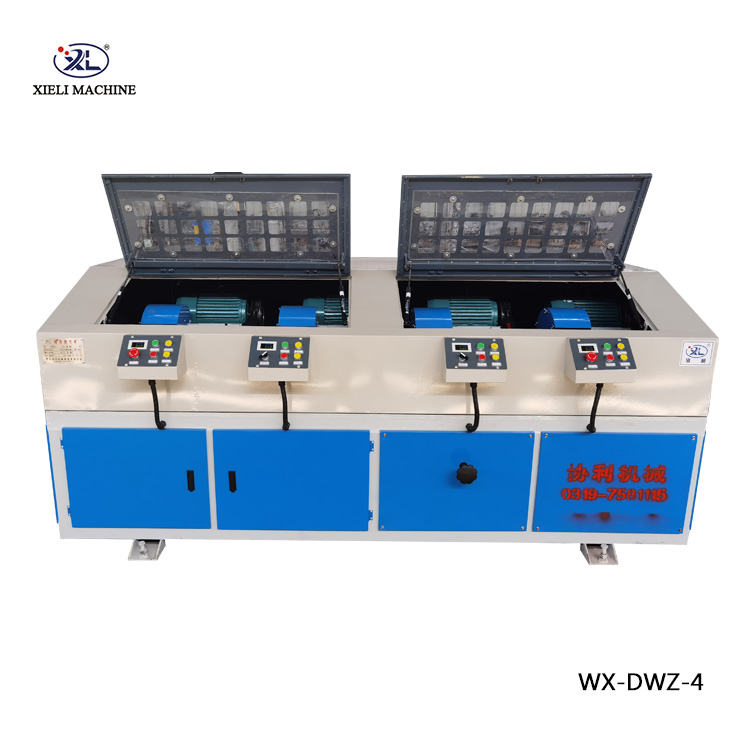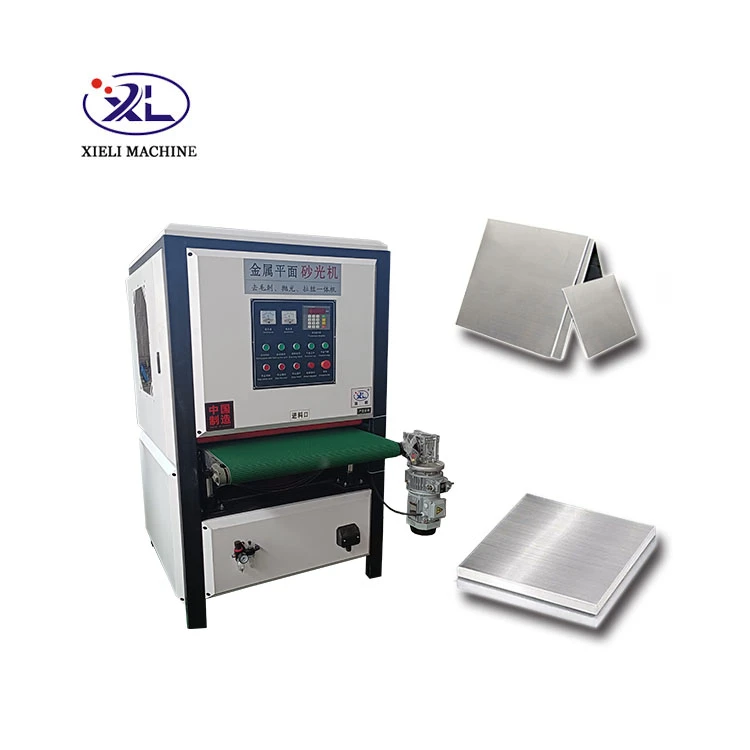Centerless Grinding Machine Operation A Comprehensive Overview
Centerless grinding is a precision machining process used to grind cylindrical parts without the need for a separate workholding device. Unlike traditional grinding methods that require the workpiece to be securely clamped within the machine, centerless grinding allows parts to be held in place through the use of a regulating wheel and a grinding wheel. This unique setup offers numerous advantages, including increased efficiency, improved accuracy, and reduced cycle times.
Centerless Grinding Machine Operation A Comprehensive Overview
One of the key benefits of centerless grinding is its ability to achieve a high level of dimensional accuracy. By maintaining precise control over the alignment and position of the workpiece, operators can produce parts with tight tolerances, often within a few microns. This level of precision is essential in industries such as automotive, aerospace, and medical device manufacturing, where even the slightest deviation can lead to product failure.
centerless grinding machine operation

The operation of a centerless grinding machine involves several essential steps. First, the machine setup begins with the selection of the appropriate grinding and regulating wheels based on the material and specifications of the workpiece. Additionally, the grinding wheel's speed and the regulating wheel's feed rate must be configured to achieve optimal results. Once the machine is set up, operators load the workpieces into the machine’s feed area.
During the grinding process, the workpiece is pushed against the grinding wheel by the regulating wheel, which is typically set at a slight angle. This angle creates a relationship between the workpiece and the grinding wheel, allowing for efficient material removal while maintaining control over the workpiece's rotation. As the grinding wheel rotates, it removes material evenly, resulting in a smooth and polished surface.
It's crucial for operators to continually monitor the grinding operation to ensure optimal performance. Regular checks of the wheels for wear, the alignment of the workpiece, and the quality of the finished product help maintain the machine's efficiency and product quality. Proper maintenance practices, such as dressing the grinding wheel and adjusting the regulating wheel as needed, are essential for consistent operation.
In conclusion, centerless grinding machine operation is a vital process in modern manufacturing, offering high precision and efficiency for cylindrical part production. Its unique setup allows for continuous production while maintaining tight tolerances and excellent surface finishes. As industries demand higher quality and faster production times, centerless grinding will continue to play a crucial role in the machining landscape, driving innovation and quality in the manufacturing sector. Understanding the intricacies of this operation can help manufacturers optimize their processes, resulting in superior products and improved productivity.





